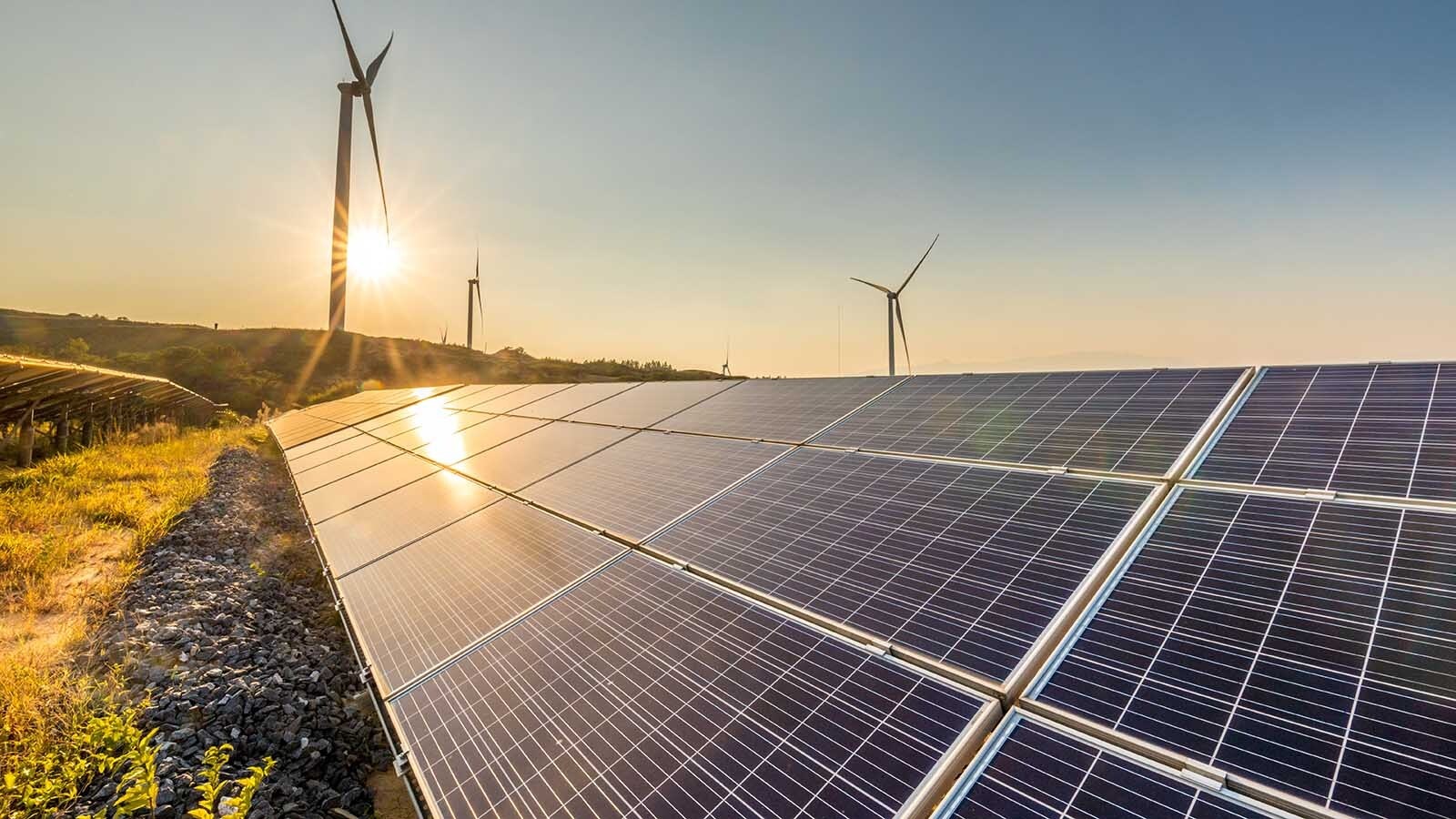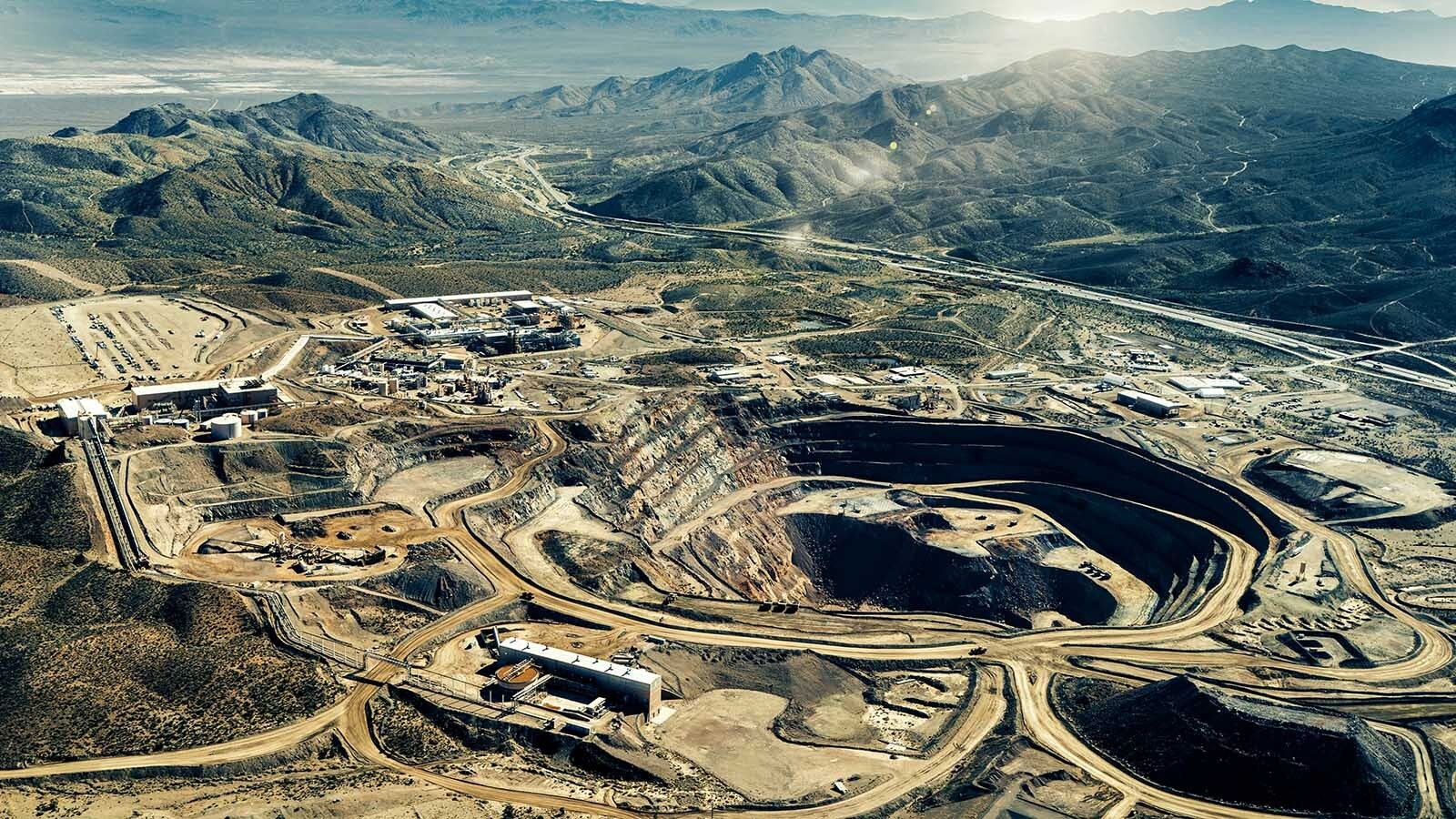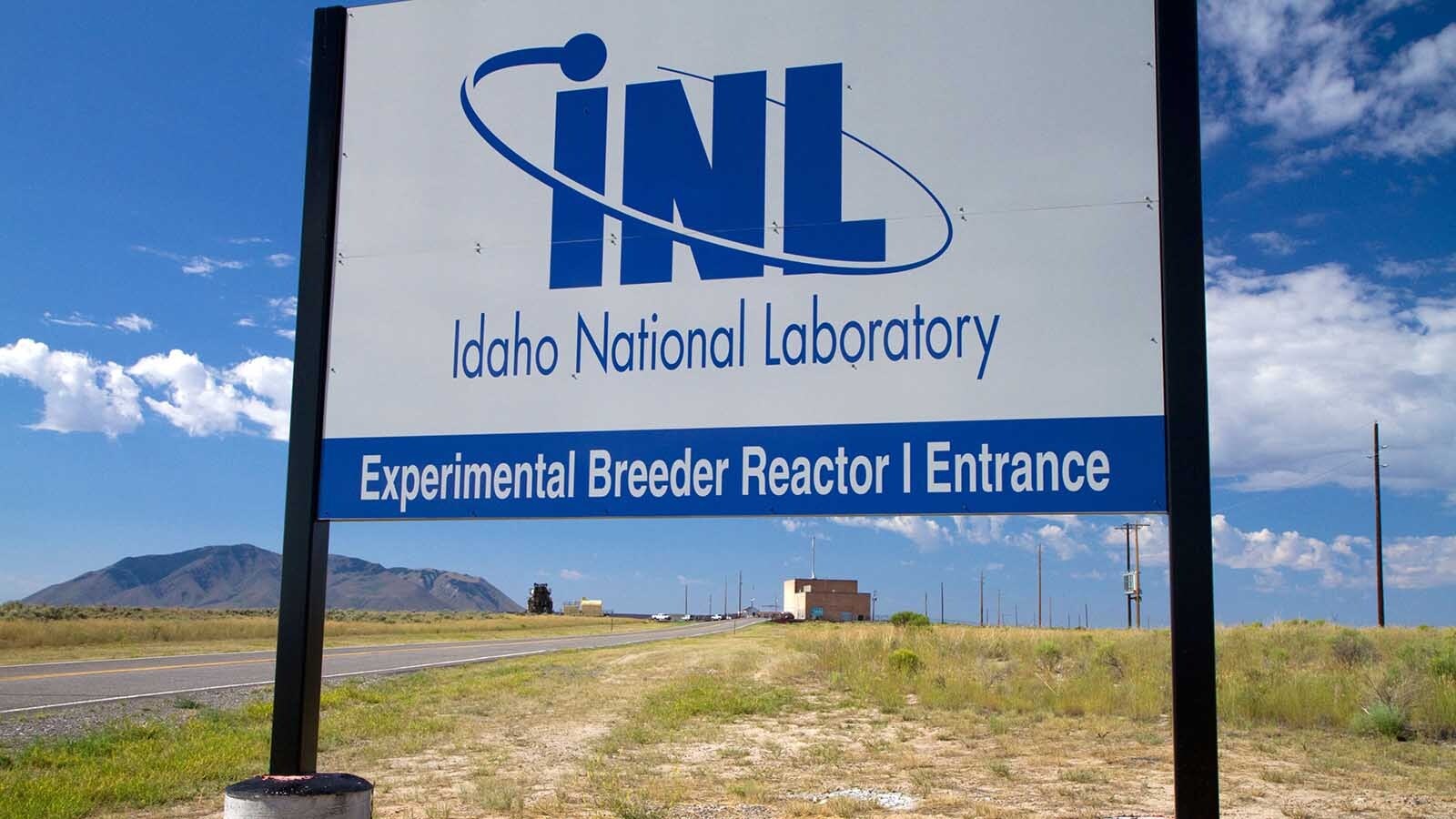Gas and oil prices skyrocketed this week as Russia ramped up its attack on Ukraine, and experts said those price increases would continue, at least in the short-term.
Wyoming’s oil and gas prices escalated quickly this week as the price of oil leapfrogged overnight.
As of Wednesday morning, the primary global price benchmark used to set the price for two-thirds of the world’s crude oil increased by 6.5% from Tuesday to top at $112 a barrel, coming on the heels of Tuesday’s historic 9.5% increase.
The escalation in crude oil prices has translated to higher gas and diesel prices at the pump as Wyoming’s average price for a gallon of regular gas hit $3.46 a gallon Wednesday compared to $3.34 last month, according to AAA. This is up from $2.59 a gallon a year ago.
The pinch at the pump is already affecting families in Wyoming forcing some to make hard choices.
For Gillette resident AshLee Avila and family, the increased fuel costs, along with inflation raising the cost of living generally, mean that her two sons, both of whom wrestle in school, are now having to pick and choose which meets they attend. Or they take turns carpooling with other families, so the boys can attend as many wrestling meets as possible, many of which are in neighboring states.
“It’s not only the price of gas but everything else has gone up,” she said. “It’s so frustrating. Plane tickets have gone up, food and definitely fuel prices. A lot of other families are having to do the same thing, so these kids can still get to have these great opportunities.”
Fuel Prices On The Rise
But there is no relief in sight, according to experts.
Fuel prices will continue to rise, at least in the short term, according to economist Rob Godby, who noted that conflict in Europe has sent the oil market reeling worldwide.
“The leap has been pretty dramatic,” said Godby, associate economics professor at the University of Wyoming and interim dean of its business college, “but not surprising given the geopolitical climate.”
Some economists are predicting that the national average gas price will rise to $5 a gallon, but Godby wasn’t making any predictions given the number of unknowns in the rapidly developing Ukraine crisis.
The price fluctuations, Godby said, are a response to the number of new risks that have toppled traditional supply and demand ratio that the world has experienced in the past decade of relative geopolitical calm.
“The world has kind of rediscovered risk premium rides that have been missing from oil markets for the past decade,” he said. “We used to take for granted that some percentage of oil prices, when they regularly hovered about $100 a barrel, was just due to the geopolitical risks the oil market was facing.”
Typically, prices factor in probabilities and the percentage of risk, which until two weeks ago was still fairly insignificant and now those risks are real, and the market is responding, he said.
Also unprecedented is the severity of sanctions and other responses against Russia taken by both the U.S. and NATO and other European nations that have effectively cut off the world’s third largest oil producer from doing business.
Currently, Russia supplies about 11% of the world’s oil production, according to the U.S. Department of Energy. The top producer is the U.S. at more than 18 million barrels per day, which equates to 20% of the world’s total supply, followed by Saudi Arabia at 12%.
What remains to be seen at this point, Godby said, are the impacts of a number variables, such as how Russia responds to the sanctions, how long the conflict continues and how the rest of the world responds to Russia’s actions.
As a result, while the long-term picture is unclear, the market is responding to these various uncertainties with higher prices in the short term.
Godby was hesitant to predict how high prices might get, but shared a formula for oil prices and their impact on gas prices that shows the price of gas goes up by 3 cents per gallon for every $1 increase in the price of a barrel of oil.
Using that formula, the price of oil would have to hit more than $150 per barrel, he said.
However, if that were to happen, more producers such as Saudi Arabia and the United States would likely ramp up production, bringing prices down, he said. At the same time, demand for gas would plummet as people would cut down on the amount they drive.
Regardless of gas price increases nationally, Wyoming and the Mountain West tend to have lower fuel prices compared to other states due to their relatively low gasoline taxes.
Wyoming has a combined federal and state excise tax of 42.4 cents per gallon compared to high-tax states like California with an 87-cent per gallon rate, according to the American Petroleum Institute.
“Gas is going up across the country, but gas prices are always going to be lower in Wyoming,” Godby said. “There’s the one silver lining.”
Wake-Up Call
Many in the state like Ryan McConnaughey, vice president and director of communications with the Petroleum Association of Wyoming, view the current situation as a much-needed wake-up call.
In particular, McConnaughey urged the Biden Administration to proceed with lease sales on federal land, allowing the state to produce more oil.
For the past five quarters, the administration has refused to hold its quarterly lease sales. In the last quarter, the ban prevented 195 leases from being released for development.
Currently, there are 18 oil rigs active in Wyoming, a decline of 16 from one month ago.
Rather than cripple U.S. oil and gas producers in favor of foreign imports, McConnaughey said the current crisis is a reminder of why energy independence is so important to the country.
“We need to see the administration embracing and recognizing the need for domestic production,” he told Cowboy State Daily Tuesday. “With what’s happening in Europe now, we need to encourage development in the state.”
Admittedly, McConnaughey noted, the U.S. has relied little on Russian oil and gas imports, although the amounts imported have grown steadily through the years.
Currently, Russia supplies 3.1% of total U.S. crude oil imports, according to the U.S. Energy Information Administration (EIA). In 2021, these imports – mostly light and medium grade oil that primarily went to the East and West coasts – amounted to nearly 70 million barrels during the first 11 months of the year valued at $4.7 billion, representing the highest import volumes since 2011.
“We see an opportunity to replace that,” McConnaughey said, “and it’s our belief that the administration should follow the law and do the right thing.”
Paying More At The Pump
In the meantime, Wyoming residents have no choice but to pay more for gas.
The cheapest gas in the state, $2.95 per gallon, can be found in Cheyenne, according to GasBuddy.com, with the majority of gas stations throughout the state charging $3.15 and more per gallon.
At Gillette’s Maverik on East Highway 14-16, where the price at the pump was $3.25 per gallon, resident Mike Bednarz was putting $20 in his pickup truck Wednesday morning for just over six gallons of regular gas.
He never fills up his tank regardless of the cost, he said, because he’s not sure when “the old girl” is going to die, though he definitely gets fewer miles for his money these days.
Bednarz blamed the current administration for its reliance on oil imports as opposed to drilling in the U.S. where states like Wyoming could reap the benefits in terms of increased tax revenue and jobs while driving down gas prices.
Lisa Shrefler of Gillette agreed.
“I think it’s an absolute disgrace that our current administration felt it was more important to buy those resources for double the price from overseas, so they could apparently keep filling their own pockets financially versus looking out for their own country,” she said.
The spike in prices for gas and other goods is having a direct impact on her life, she said. She retired last year and is living on a fixed income. Prior to gas price increases, she was running errands pretty much every day but now has to schedule her errands for one day a week and carefully map out her route.
Bednarz, meanwhile, is not letting the increased cost per gallon slow him down.
“I’m not going to let it control my life,” he said. “Otherwise, I might as well just sit home watching re-runs of ‘Andy Griffith.’





